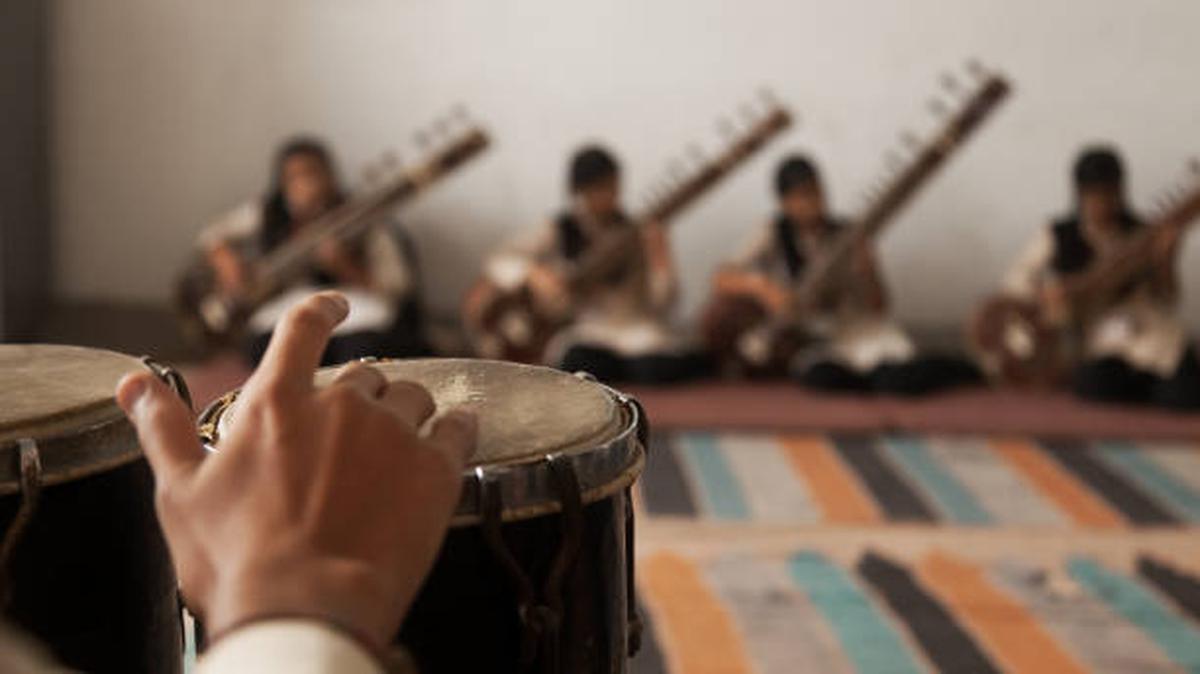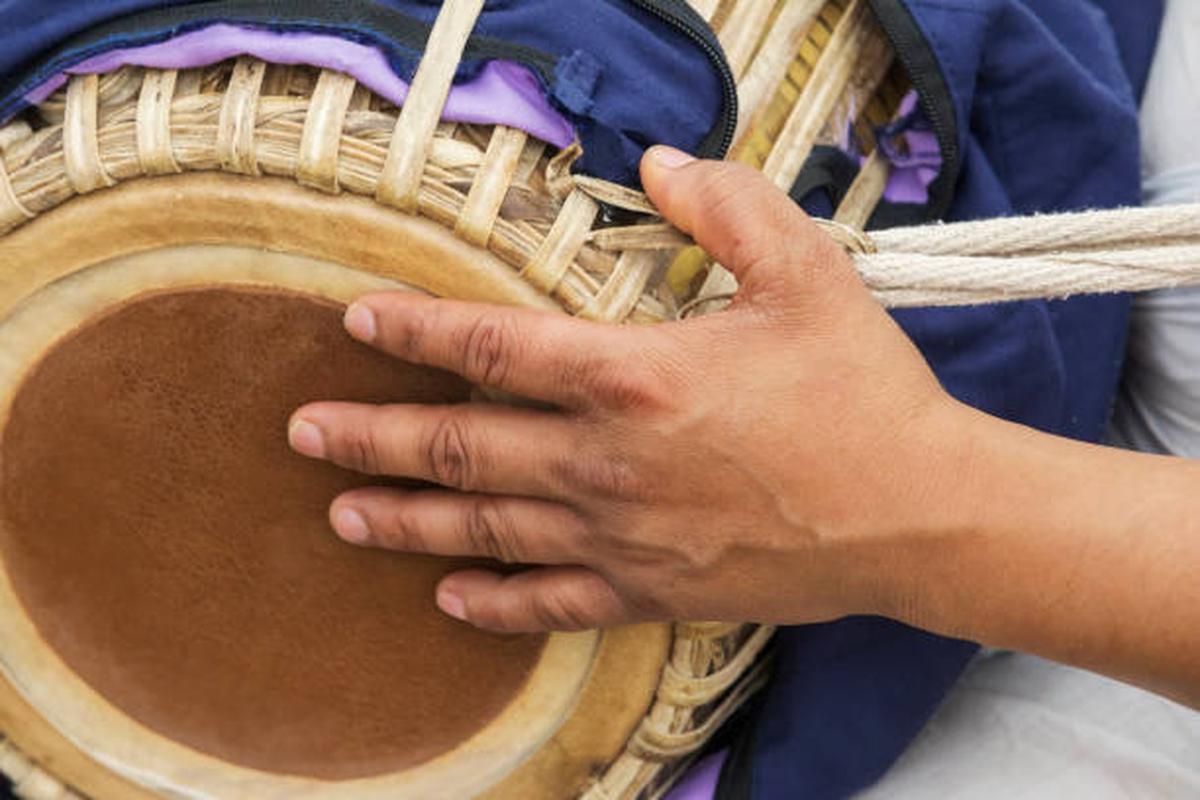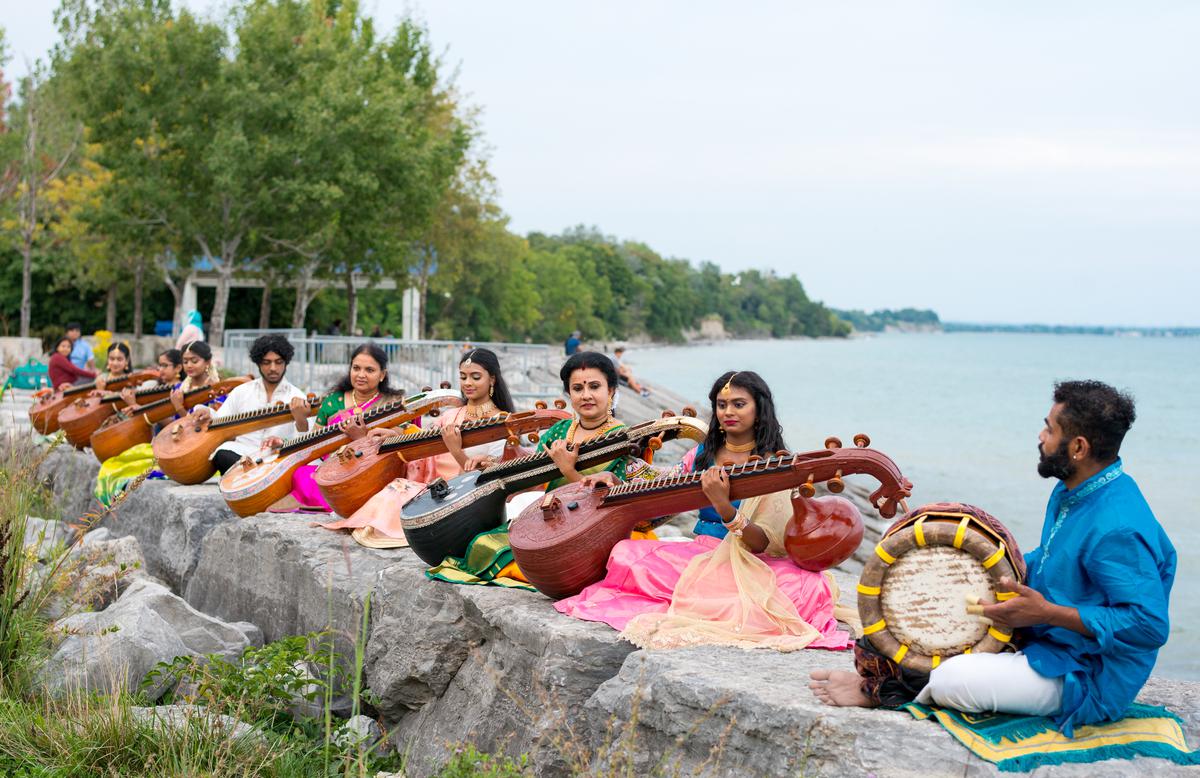In the late 1980s, when I was about 12 years old and trying to listen to every classical music concert in town, an often heard lament was about the lack of audiences and the people who did attend. There were old people. The fear was that once a few generations passed, the art form would fade away. Conservatives blamed Western popular music and cinema for reducing the tastes of the youth. There was also concern that young people were not taking up these arts as a profession.
I write this piece just like that Chennai’s Famous December Music Season concluded. The interesting thing is that even today articles are written on this topic. Now, in addition to popular culture, reasons include social media and short attention spans. Even the lazy solutions offered haven’t changed in over 30 years. The need to keep up with the times, simplify music and innovate has been reiterated.
Amazingly, though, classical music has survived, although it seems the problem has never gone away. If the youth were not interested in classical music in the 1980s and nothing has changed by now, the art should have withered away. We should speak about it in the past and try desperately to store the last few practices. In fact, this has happened with many other art forms.
Classical art forms come with immense cultural capital and are patronized by the socio-cultural elite Photo Credit: Getty Images/iStockphoto
Why didn’t it happen here?
Classical art forms come with immense cultural capital and are patronized by the socio-cultural elite. Association with them is a symbol of aspirational ladder to social status and cultural superiority. This makes classical a niche. Classical musicians may not be raking in the lakhs of rupees their counterparts in the film industry are; Yet they would like to be a member of this exclusive club whose membership smart card has honor embedded in it. When cultural activists and connoisseurs speak eloquently about the need to preserve and promote ‘our’ culture, it is code for ‘classic’. This ensures that there will always be people on both sides of the stage and in every generation who yearn for classical music to flourish.
technology, only change
Spic Macay is a pioneer in the promotion of classical arts. Founded in 1977, the organization today has chapters in myriad colleges across the country and around the world. Although his work includes art forms that go beyond the description ‘classical’, his main emphasis is in fact classical. Yoga, meditation and other art forms are built around it.
I came into the world of classical music through the Youth Association for Classical Music, an initiative in Chennai focused on providing a performance platform for artistes under the age of 30 and taking Carnatic music to school children. As I said in one of my earlier interviews, we wanted to make Carnatic music cool.
Today, many other organizations claim to take classical music to the young and uneducated. The description of their intent and method remains constant; Only technology has changed. I can say with confidence that none of these programs have actually resulted in any recognizable change in audience composition. It’s still the same people from the same social groups who come to the concerts.

A band of high school musicians playing sitars. , Photo credit: Getty Images/iStockphoto
When we say, “we want to bring classical music to a larger audience”, what we’re really saying is, “we want more people to appreciate these art forms like us.” In the Indian context, ‘we’ refers to caste privilege. Those who want to come in from the other side of the fence have to be like the people on the inside.
While organizations speak of the need for classical music to reach a larger audience, there is little introspection on the nature of the music or the people who participate in it. The whole exercise begins with the assumption that classical music is perfect in form, superior in content and advanced in experience.
Where is the cultural equality?
I vividly remember the difference between a Carnatic music outreach program in a caste-privileged private school and children from diverse backgrounds in a government school. The former loved to talk to his own cousins, nieces and nephews. They had already acquired some basic understanding through their social environment and had become accustomed to the way we speak, the jokes we make, and the sound of the music.
The latter were uncomfortable as there was no cultural similarity. Yet, we made no effort to bridge the gap by changing the way we communicate or by understanding or respecting their cultures. Instead, we were patronizing and feeling like we were on a charity mission. This attitude still continues during outreach programs for so-called classical music.
The problem with classical music, be it Carnatic or Hindustani, lies in the culture that has been built up within and around it. Everyone so invested in these musical forms refuses to look within themselves and consider that the culture we grow out of is intimidating and intimidating. A friend who attended a concert at a traditional venue told me about his experience. Somehow, people felt that he was not an ‘insider’. Their social status was ascertained and musical tastes interrogated and they were subtly informed of their place.

A man playing the dholak. , Photo credit: Getty Images/iStockphoto
Caste and class dominate every activity related to classical music. If we talk about change, then it has to start with ourselves. Classical musicians, audiences and impresarios must move beyond their limited confines and experience life with humility. Only from this can any serious innovation or change emerge.
What, how and where we sing has to change. Indian classical music is raga music (although its use is not limited to classical) and that’s really what counts. Khayal, Dhrupad and Carnatic have specific methods for locating ragas with and without text. Lock Frameworks. Everything else is a social construct that needs to be challenged. This does not mean that the old one should be thrown away, but it cannot be just the tongue. Classical music has to speak of today and today.
There is an urgent need for diversity on stage. Unfortunately, people within this world refuse to acknowledge our rational nature. Don’t we know how women are discriminated against in the society? Is it all clear and clear? The systems ingrained in our minds and the institutions we govern by have normalized caste, gender and class-based discrimination. They are manifested in our body language, attitudes, communication and judgments. Even those belonging to the classical community complain of arrogance, lack of transparency and unethical practices of the organisers. Instead of addressing these serious systemic anomalies through proactive sensitive action, we continue to grumble about the demographics of the age.

A group of artists play the veena. , Photo Credit: Getty Images
for your beauty
Classical music is undeniably complex, but it’s not the only one. There are many others where diverse members of society participate, regardless of their caste, gender or economic status. So, the problem lies within us. Classical music cannot become ‘mass’ but it needs to reflect the diversity in Indian society. Today, when corporations emphasize diversity in hiring, it is time that social diversity in classical music became an active action plan.
Classical music needs to broaden its horizons, not just for the society. It needs to do this for its own aesthetic enhancement. Democracy demands diversity in all spheres of human activity so that a rainbow of many voices can emerge. But, classical music remains an undemocratic space.
PS I have used the expression ‘classical’ only for reasons of clarity. I do not believe in categorizing art as classical and folk.
The author is a singer, author and activist.